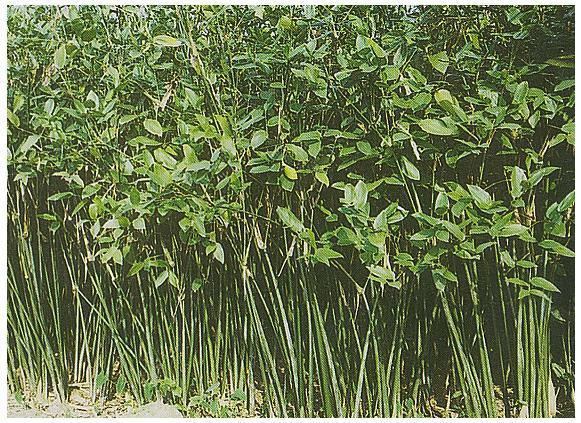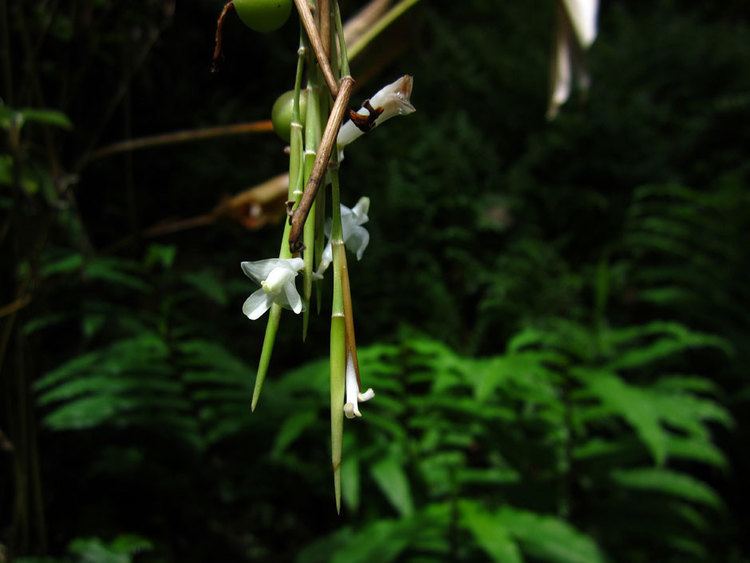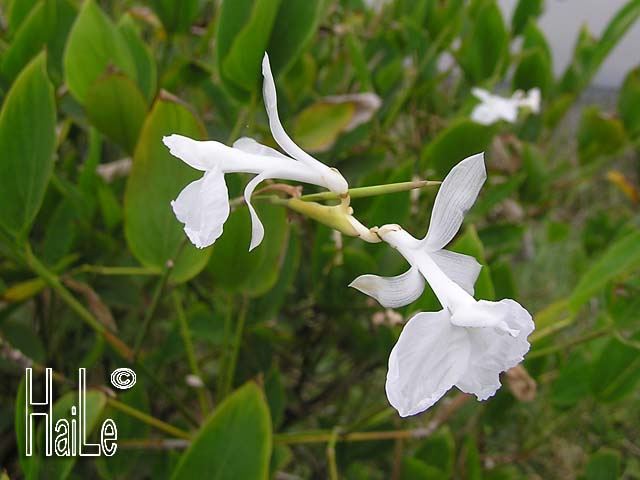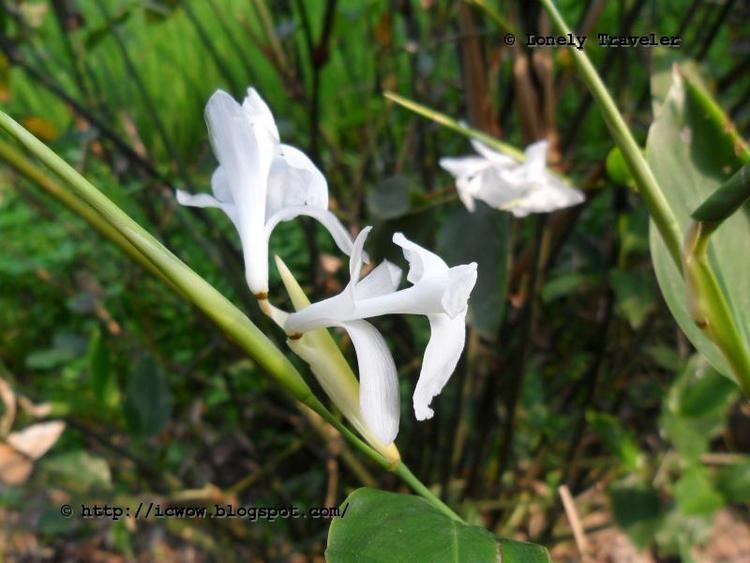Rank Species | Scientific name Schumannianthus dichotoma | |
 | ||
Similar Phrynium, Calamus tenuis, Marantochloa, Donax canniformis, Zingiberales | ||
Anthesis of schumannianthus dichotomus marantaceae
Schumannianthus dichotomus is the scientific name of the plant used for making the Shital pati, also known as the cool mat, a traditional bed mat in Eastern India and Bangladesh.
Contents

The plant is known as Pati Doi in Assamese and Murta, Mostak, and Pati bet patipata and paitara in Bengali, it is found in riverine areas like Majuli island in Assam, and Comilla, Tangail and Sylhet districts of Bangladesh [1].

Description

It is a rhizomatous plant with an erect and glossy green stem attaining a height of 3–5 m and a diameter of 2.0 cm. The stems are leafy and dichotomously branched.
Distribution

Geographically it is distributed in northeast Bangladesh, West Bengal, Assam, Burma, Thailand, Cambodia, Vietnam, Peninsular Malaysia, Borneo and the Philippines. In Bangladesh it occurs naturally in the swamp forests of Sylhet, and is cultivated mostly in the districts of Sylhet, Sunamganj, Barisal, Tangail, Comilla, Noakhali, Feni and Chittagong.
Uses

Traditional artisans make strips from the outer portion of the stem including the epidermal part. These split strips are processed and plaited into mats. Murta splits are also used for making prayer mats, baskets, bags, novelty items, etc. The strips from the pith portion are used as binding materials.

Forestry Master Plan (1982) of Bangladesh estimates that about 8,000 people are employed in sitalpati making in the country. Swampy and marshy lands are suitable for murta cultivation. Traditionally it is propagated through rhizomes, but can be also propagated through branch cuttings. The propagules are planted during the months of May–June. After planting it takes 2–3 years to reach the harvestable size. February–March is the harvesting period. It can also be propagated through seeds. It grows well in partial shade. So, farmers often plant Erythrina trees in murta fields. It needs no special management other than weeding.
In the traditional production of Tungrymbai, an Indian fermented soybean food, the leaves are packed together with boiled soybeans.
